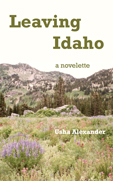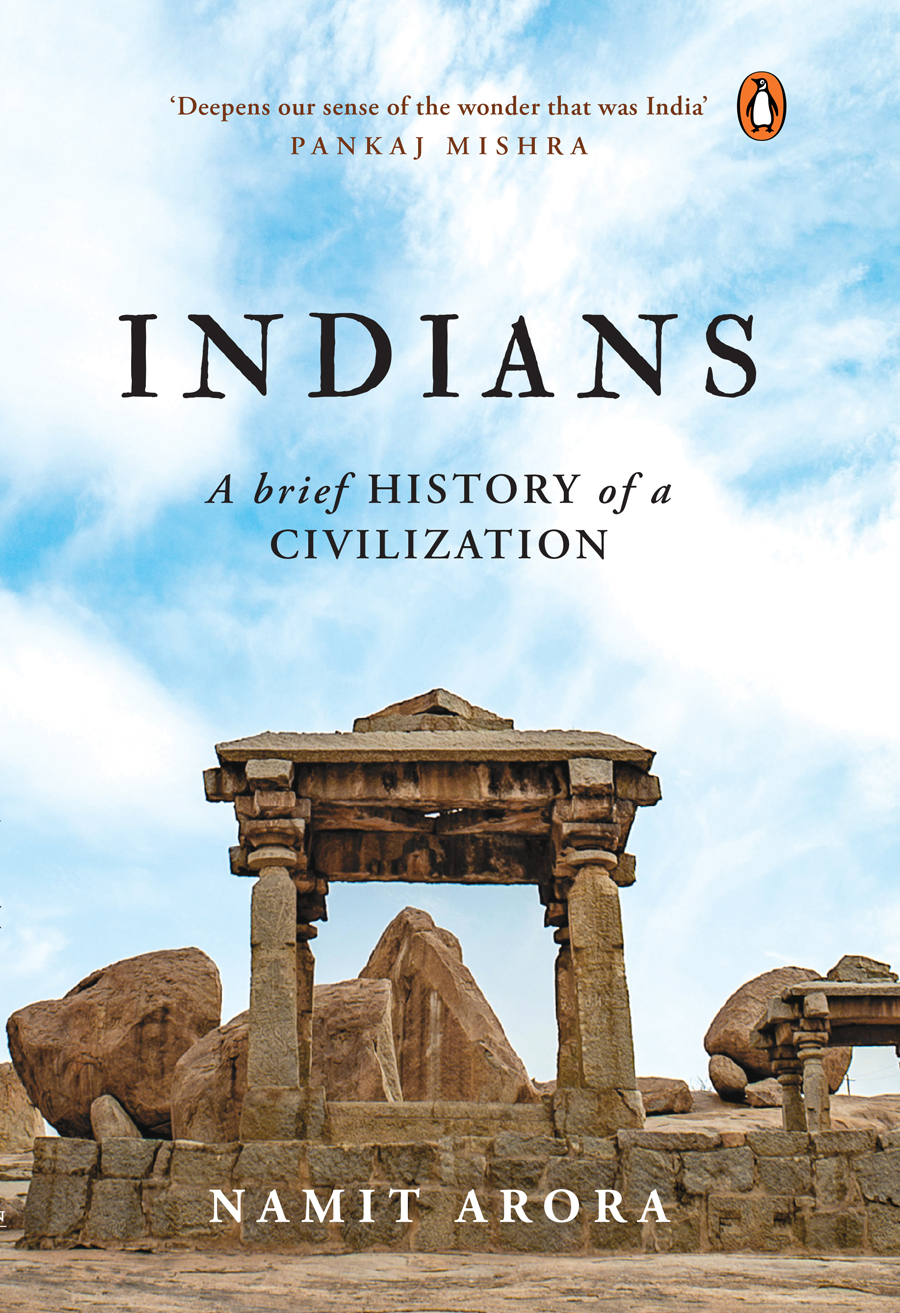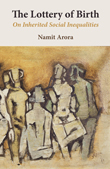A holy city in Punjab whose historical significance to the Sikhs is second only to Amritsar. Hundreds of Sikhs once embraced martyrdom here. Two Gurus and families of four Gurus lived here for many years. Sikh history is deeply marked by their struggle for survival in a volatile land, especially during the peak of Mughal persecution under Aurangzeb, which radicalized the Sikhs (many paintings in the museum at the Golden Temple, Amritsar, record the horrifying persecution stories retold across the land). The mystical faith of Guru Nanak transformed into the fiercely spartan and nationalistic faith of Guru Gobind Singh, who also committed the Sikhs to the five Ks. In early 19th century, Maharaja Ranjit Singh further militarized the Sikh nation, creating the first modern army in the subcontinent. Reversing the dominant historical trend, he went west to conquer new lands (which later fell in the British lap).
This transformation is still reflected in the iconography and practice of Sikhism. Swords, spears, shields, and daggers are a centerpiece display in all Gurdwaras, besides the Guru Granth Sahib covered in finery. Even today many Sikhs become Nihangs, an order founded by Guru Gobind Singh himself as the fighting body of the Khalsa. The Nihangs – in distinctive blue robes and armed only with traditional swords, spears, daggers – renounce worldly possessions and commit to embracing martyrdom should the need present itself. Even today a disproportionate number of Sikhs enter the Indian defense forces. [ –Sep 06]
Takhat Sri Kesgarh Sahib ▒
Takhat (a seat of authority, one of five in Sikhism) Kesgarh Sahib is the centerpiece of Anandpur Sahib. The Khalsa (1, 2) was revealed here by their tenth and last guru, Guru Gobind Singh, who selected the five beloved ones and administered baptism of Khanda (Khande di Pahul), instituting the Khalsa panth on Baisakhi, 30 Mar 1699. A special congregation was held that was attended by thousands. Kesgarh Sahib fort was built here in 1699, replaced long since by this Gurdwara (a room in its inner sanctum holds twelve important military relics of Guru Gobind Singh). The Sikhs celebrated the 300th anniversary of the day in 1999 with thousands of religious gatherings all over the world.
The evening I arrived here in early September '06, the Gurdwara resounded with a Hindu devotional well-known in the north. In its liturgical music above all, Sikhism still betrays its mystic roots. I was below the hill when a massive monsoon downpour began-somehow the sun, near the horizon, managed to stay out the entire time. I took shelter under a souvenir shop awning, bathed by sunlight and watching water rivulets gushing by with great force. When the rain stopped, I ambled up the hill and sat inside the Gurdwara, heard the three singers (one sang notably well), did two parikramas (circumambulations), ate the prasad of sooji halwa, and took photos.
I had dinner at the Gurdwara langar: a simple, tasty, nutritious, and free meal of thick dahl, roti, and pickle. Open to all humans twice a day, believer and non-believer alike (no questions asked), these meals are sustained by donations and volunteers who cook, serve, and clean each day. I was moved by this afresh, and it struck me that this is one truly meaningful service that major temples, mosques, and churches in a syncretic India would do well to emulate.
The birthplace of Khalsa  |
First Sikhs initiated here  |
Inside  |
Inner sanctum  |
The Gurdwara at dusk  |
The Gurdwara in the evening  |
||
The courtyard at dusk  |
The Gurdwara at night  |
||
Reflections  |
Gurdwara domes  |
Gurdwara and courtyard  |
|
Evening lights  |
In the soft light of morning  |
||
Side view (more)  |
Courtyard and inner sanctum  |
||
Courtyard at night  |
The facade at night (more)  |
Evening lights  |
From a distance  |
Reflections  |
Lit-up domes  |
Dusk from the Gurdwara  |
 |
|
Gurdwaras Sis Ganj and Akal Bunga When Guru Teg Bahadur was martyred in Delhi in 1675, his head was brought back and cremated at the site of Gurdwara Sis Ganj. Directly across, where Gurdwara Akal Bunga now lies, the next Guru addressed the Sikhs after the cremation, asking them to prepare to fight for freedom of faith and to wage war against tyranny and injustice. |
|||
Cremation site of Guru Teg Bahadur's head (more)  |
Prayer hall  |
Inner sanctum (inside)  |
Visitors  |
Gurdwara Akal Bunga (inside)  |
A pilgrim donating  |
Park in front of Gurdwaras  |
Road to the Gurdwaras (more)  |
|
Gurdwaras Guru De Mahal, Manji Sahib, Bhora Sahib, and Damdama Sahib Guru Gobind Singh and his family lived at the site of the Guru De Mahal complex. Guru Tegh Bahadur meditated and composed hymns at the site of Gurdwara Bhora Sahib. Gurdwara Manji Sahib was the site of his Diwan-i-Aam, or place of public audience. Gurdwara Damdama Sahib was his Diwan-i-Khas, or place of private audience; it was here that Guru Gobind Singh was installed as the tenth Guru in 1675. |
|||
Approach to the complex  |
Gurdwara Guru De Mahal  |
Inside  |
Gurdwara Damdama Sahib  |
Gurdwara Manji Sahib  |
Gurdwara Manji Sahib  |
Gurdwara Bhora Sahib  |
 |
|
Anandgarh Sahib Fort and Gurdwara Founded in 1689, this is the first fort of Anandpur Sahib. It soon became the headquarters of the Sikh military. Guru Gobind Singh spent sixteen years here. It held the arms and ammunitions of the Khalsa army. The present fort is a modern structure and has little in common with the old fort. A Gurdwara was later added to the site. |
|||
Fort/Gurdwara gateway  |
Gurdwara  |
Inside the Gurdwara  |
Baoli (well with steps) on site  |
Bottom of the well  |
Site of the first fort in town  |
Modern fort's courtyard  |
Gurdwara shrine in the fort  |
|
Miscellaneous |
|||
Nihang Sikhs  |
Group of Punjabis  |
Devout young man  |
Sunset  |
Anandpur Sahib town  |
Anandpur Sahib town  |
Laying out corn kernels to dry  |
Sunset over Anandpur Sahib  |
Designed in collaboration with Vitalect, Inc. All rights reserved. |









